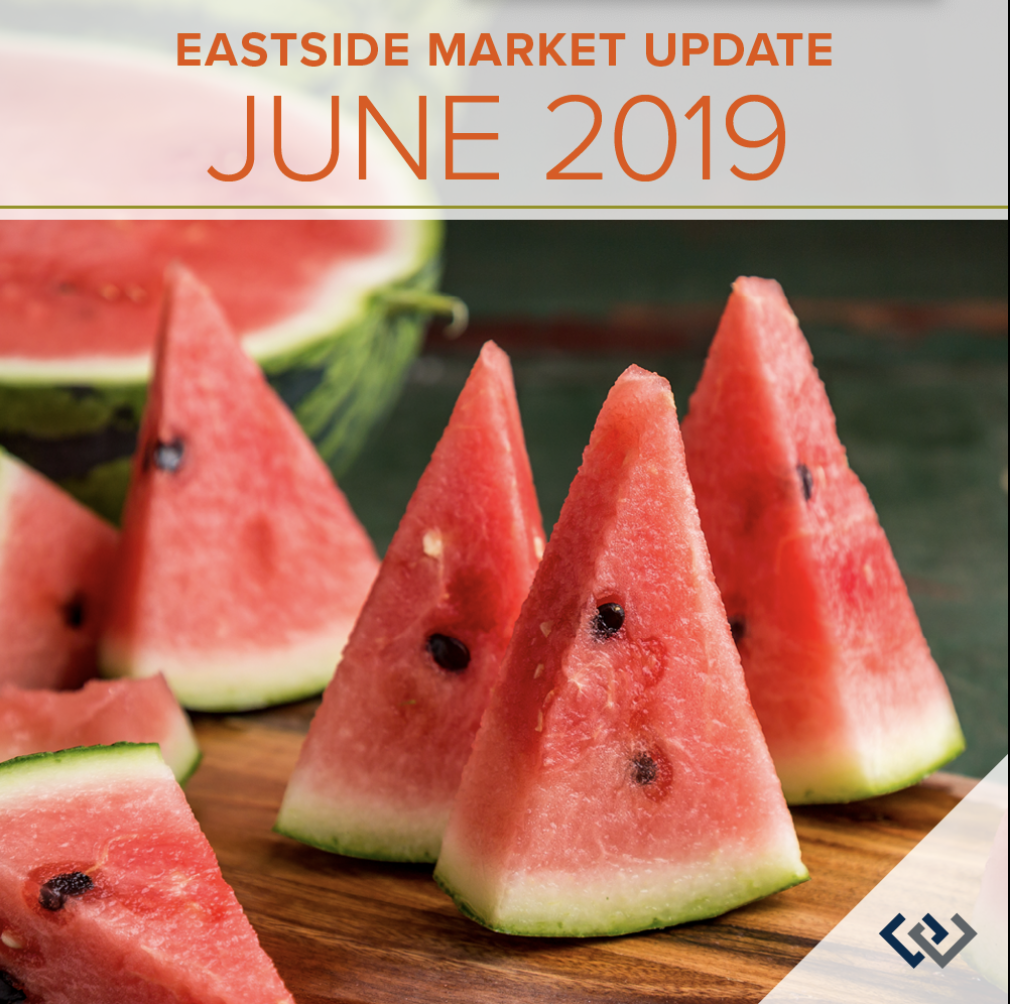
Stylizing your own home can be a daunting but rewarding challenge. When you own your living space, it’s easy to feel a sense of ownership over every piece of your design. But for renters, the challenge is a bit different. Despite limitations, it’s no less important to one’s well-being for a residence to convey a sense of ownership and self.
To make a rental unit feel a bit more like home, we collected a few ways to imbue your abode with your own spirit, without risking your security deposit.
Storage – Let’s be honest, rentals often lack sufficient storage place, and since custom cabinetry isn’t usually an option for renters, investing in some added storage is key.
Add some simple, no-to-low damage shelves, bookshelves that stand on their own, baskets, or use under the bed storage. Search for furniture that doubles as storage, like an ottoman that opens up or a side table with a drawer or shelf.
Blinds – Vertical blinds may be the ultimate decorating sin. No one likes feeling as if they’re living in a motel room.
We suggest you either take them down and save them somewhere so you remember to put them back when you leave. Another option is to hide them under curtains. Just don’t throw them out or you may not get all of your security deposit back!
Before making changes like this, or adding hardware like curtain rods, be sure to ask your landlord for permission.
Accessorize – A MUST when decorating your space are small items like pillows, throws, candles, books, and light fixtures… the only way to get a truly genuine space. These are easy ways to add your unique style that you can take with you from one place to the next.
Wall Art – Hanging art with hooks and nails can damage the walls, which might keep you from hanging art or photos on your walls, but when it comes down to it at move out, they’ll only take a few minutes to patch up when it comes time to move out. This doesn’t mean you have to hang an entire art gallery, but hanging one statement piece and placing the rest of the photos on a mantel or shelf can be all you need.
Again, ask your landlord before you add any holes in the home. When you’re touring, ask the landlord to keep the existing holes in the walls so you can use them, or ask if you can get the paint color information so you can patch and touch-up yourself, upon move-out.
Rugs – Last but not least, rugs: the peanut butter to your rental jelly. If there are scratched hardwood floors or stained carpets, you can cover those up easily with a throw rug, and prevent further damage as you live there.
Additionally, a rug is a great investment piece that will add your personal flavor to any space, plus they absorb noise and make a room feel comfy.



 Facebook
Facebook
 X
X
 Pinterest
Pinterest
 Copy Link
Copy Link










 This speedometer reflects the state of the region’s real estate market using housing inventory, price gains, home sales, interest rates, and larger economic factors. I am leaving the needle in the same position as the first and second quarters, as demand appears to still be strong.
This speedometer reflects the state of the region’s real estate market using housing inventory, price gains, home sales, interest rates, and larger economic factors. I am leaving the needle in the same position as the first and second quarters, as demand appears to still be strong. As Chief Economist for Windermere Real Estate, Matthew Gardner is responsible for analyzing and interpreting economic data and its impact on the real estate market on both a local and national level. Matthew has over 30 years of professional experience both in the U.S. and U.K.
As Chief Economist for Windermere Real Estate, Matthew Gardner is responsible for analyzing and interpreting economic data and its impact on the real estate market on both a local and national level. Matthew has over 30 years of professional experience both in the U.S. and U.K.



















